 When I was young, electric toothbrushes were something we laughed at. Imagine being too lazy even to wiggle a toothbrush up and down without powered assistance! But as an adult, I discovered that most dentists now thought they were rather good, and recommended them.
When I was young, electric toothbrushes were something we laughed at. Imagine being too lazy even to wiggle a toothbrush up and down without powered assistance! But as an adult, I discovered that most dentists now thought they were rather good, and recommended them.
Electric toothbrushes did a better job of cleaning in general, they said, and the smaller head would get into places that manual toothbrushes wouldn’t reach. Perhaps, I thought, gadget enthusiasts like me shouldn’t feel embarrassed about actually trying one. I wouldn’t have to admit it to anyone..
“There’s a huge range”, I remember my dentist telling me. “Don’t go for the ones with silly prices and dozens of bells and whistles. 40 quid or so is probably about right.”
So, for a while, that’s the kind of thing I used. They’re probably about 50 or 60 quid now. They have a rechargeable battery, sit on a base that charges it inductively, and have a simple timer to help you spend the right amount of time brushing. You know the kind of thing.
But one thing about them always bugged me: the batteries were rubbish.
Long before the motor or the casing gave up the ghost, the built-in, non-replaceable battery would die, or stop holding enough charge even for one brush, and the whole thing would have to go in the bin. Then I’d buy a new one, which came with its own charging base, so the previous base, and cable, and plug – they all went in the bin too.
This was not very good for my wallet, and a great deal worse for the environment.
So I expect you will laugh, gentle reader, when I tell you that what changed my purchasing habits was brushing my dog’s teeth. Yes, our spaniel gets her teeth brushed every night, and she enjoys her chicken-flavoured toothpaste, but won’t tolerate brushing for very long, so we got her an electric brush, too, to make maximum use of the time available!
We weren’t going to buy her any big 60-quid devices, though, so we looked online for ones designed for children, and Tilly now has a children’s Oral-B toothbrush. It’s pink and blue and I think it has fairies or princesses or unicorns on it, but she doesn’t seem to mind.
And as we used this, a few things struck me:
- The motor mechanism looked as if it was just the same as my own expensive one.
- It took the same brush heads.
- It used replaceable AA batteries. I had plenty of rechargeable Eneloop AAs. (Take a look at my post from about 10 years ago to see why I like those. I’m still using much the same system now, and most of the batteries I had back then are still in use.)
- This also meant I didn’t need to have charging bases and cables in the bathroom.
- It didn’t have a timer. But I could count elephants.
- It cost about one quarter of the price.
And so I now have, and can recommend, a very basic Oral-B battery-powered toothbrush. Currently £14.99 on Amazon. It has lasted longer than my previous expensive ones, and the two AA batteries hold their charge way longer than the built-in ones ever did. Occasionally, I take them out to charge and swap in some fully-charged ones from my drawer — that’s why I love Eneloops and similar rechargables: they stay fully-charged in the drawer — and freshly-charged batteries seem to last for weeks.
Since I got this, some years back, nothing has gone in the bin except the occasional elderly brush head, and when it does eventually die, it’ll be far less wasteful than something that takes its batteries and charging base to the grave with it.
Oh, and best of all? Mine doesn’t have any princesses or unicorns on it. Tilly is still bitter about that.

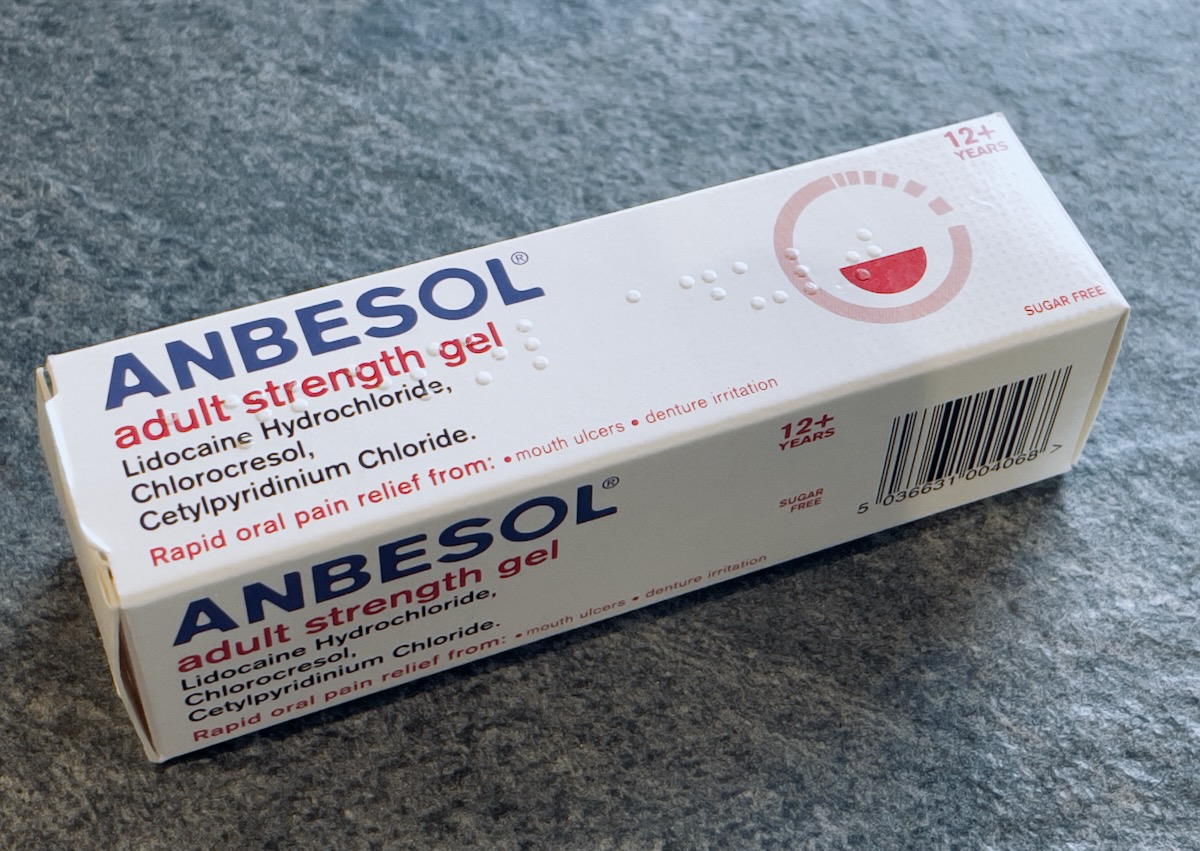
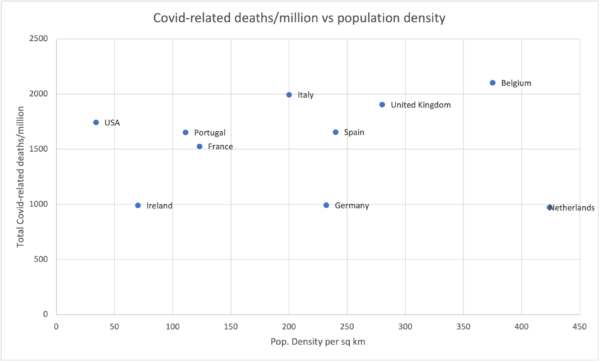
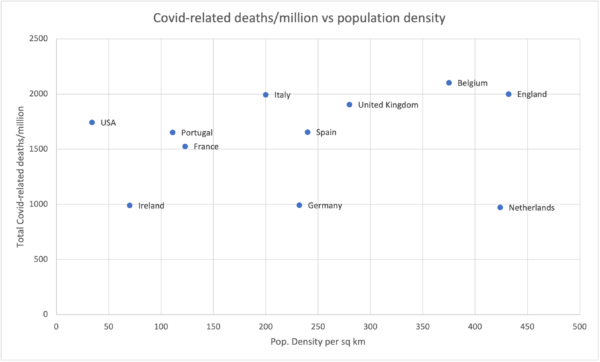
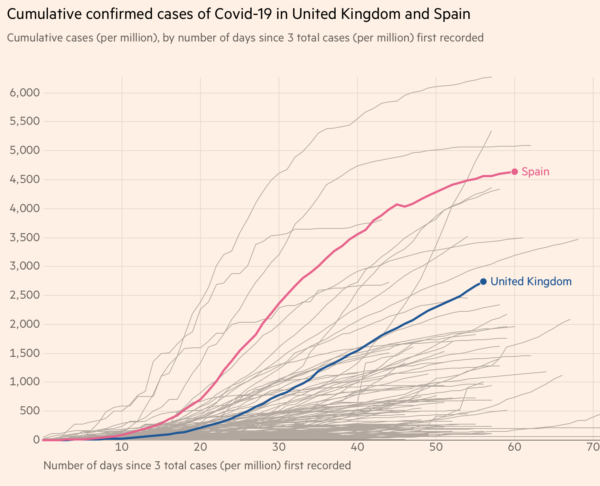

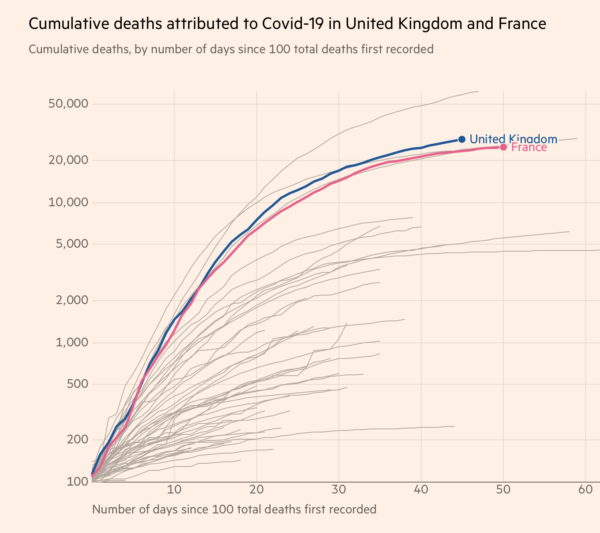
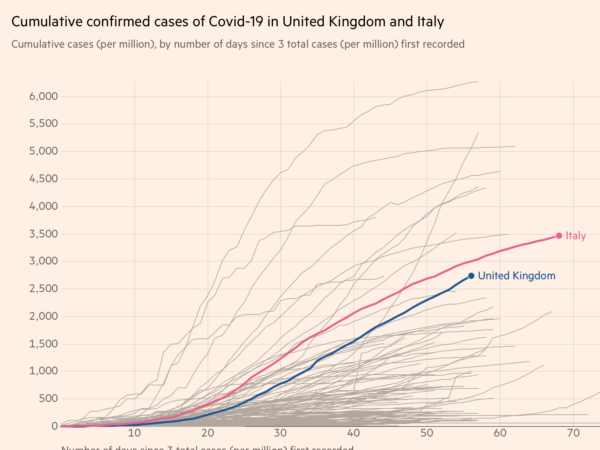
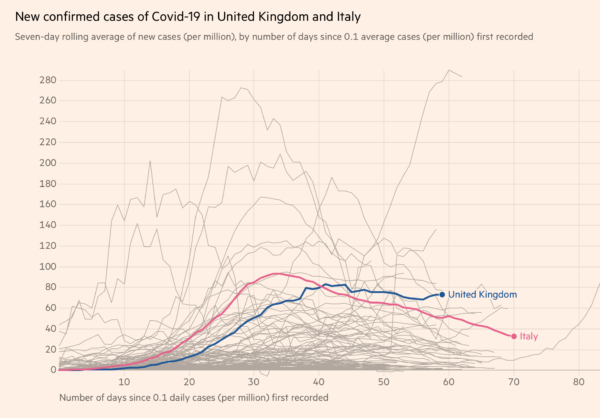
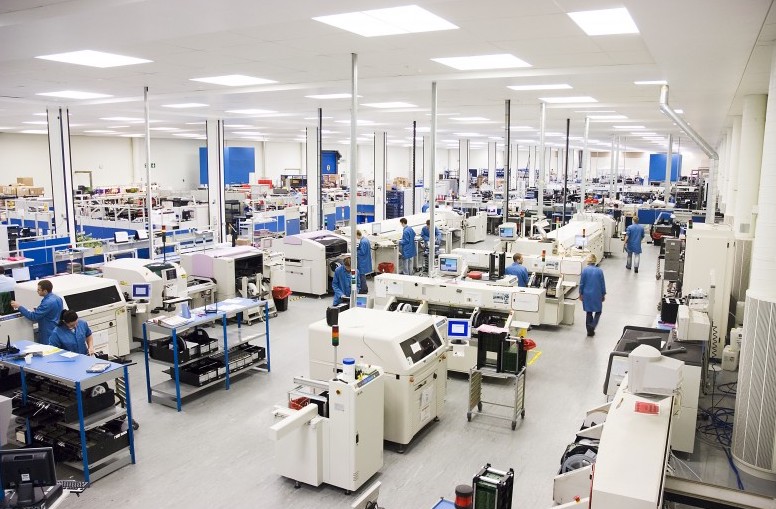


Recent Comments